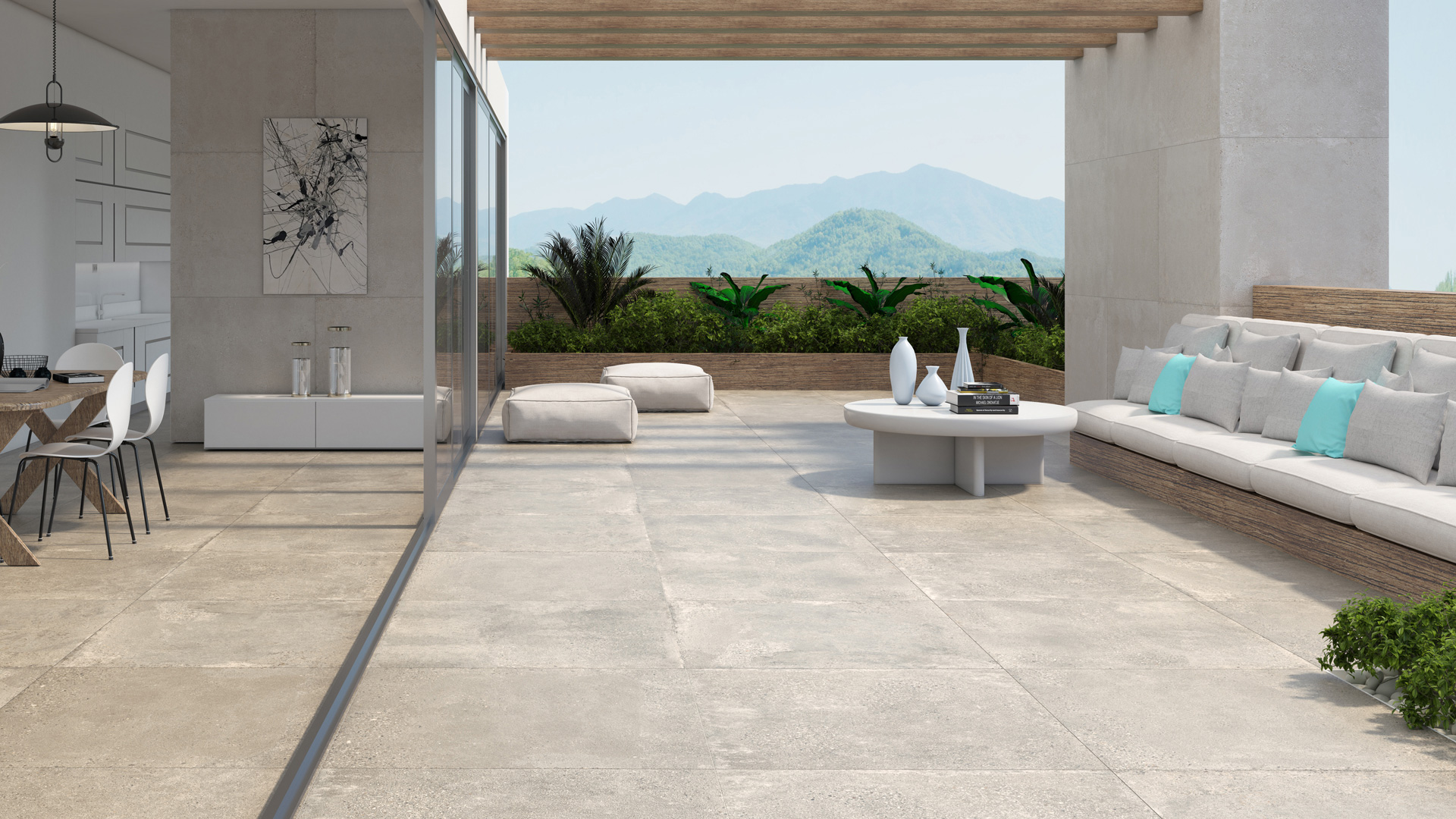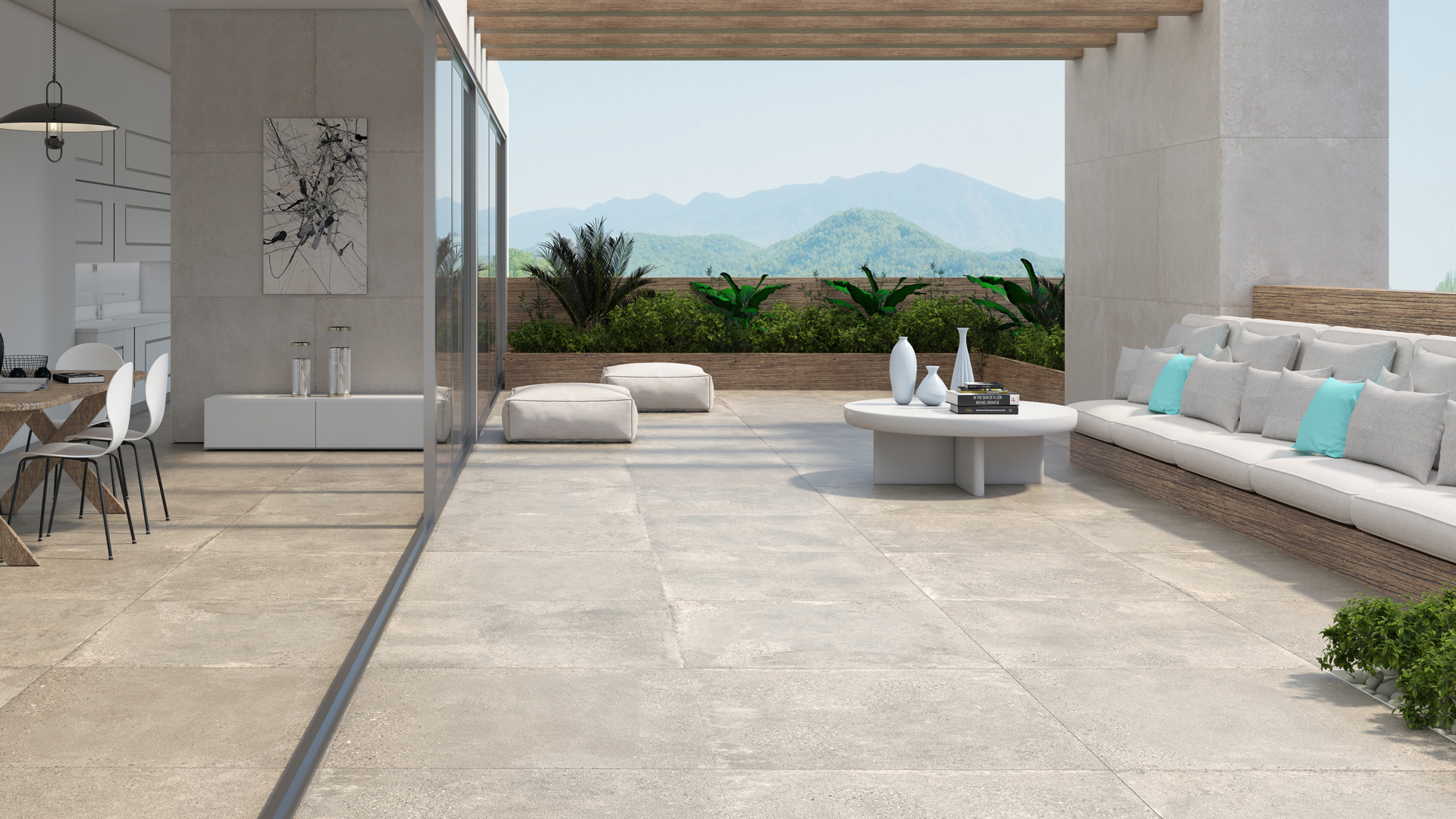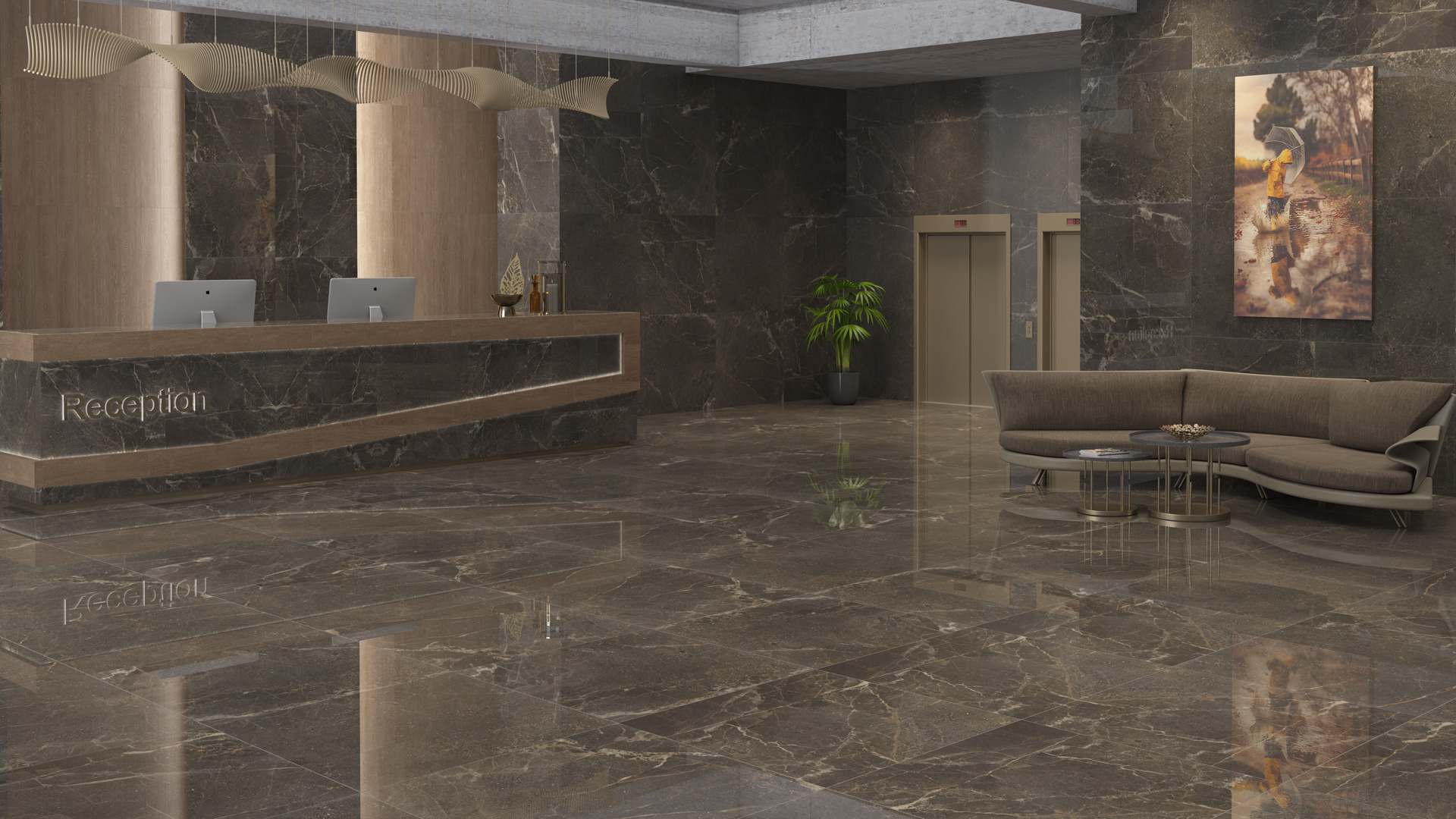The ceramic tile industry of the country, like other industries, has some strengths and weaknesses and has its own limitations and problems.
Strengths of Iranian ceramic tile industry
The significant growth of numbers and figures related to the production of Iranian ceramic tiles in the last two decades shows the potential as well as the strengths of this important industry of the country. A comparison of the strengths of the ceramic tile industry in Iran and the world shows that these strengths are somewhat common throughout the world and some of them are specific to Iran. The most important strengths of the country’s ceramic tile industry are:
Ingenuousness of the ceramic tile industry
In the field of industrial activities of the country, there are few fields that are old and still have good performance. Iran’s ceramic tile industry is one of the most important indigenous industries in the country. In most archeological discoveries, pottery is seen as an important tool of the ancient Iranians’ livelihood, and since then, raw materials (such as clay) have been found to produce pottery in the country. At present, this industry has a relatively good performance compared to other industries in the country.
Iranian taste and art
Another parameter of the success of the Iranian ceramic tile industry is the application of Iranian taste, taste and art in the products of this industry. Iranian taste and art can certainly lead to significant success in this industry.
Access to resources and raw materials
Another main advantage of the country’s ceramic tile industry is the presence of more than 30% of its raw materials produced in the country. If the processing of raw materials is focused and the necessary investments are made, it can prevent the import of raw materials, the outflow of currency, delays in the supply of materials and the problems of producers in return.
Dynamics of ceramic tile industry
The ceramic tile industry is one of the dynamic industries and can adapt quickly to the changing needs and tastes of society. Using the latest technologies available in factories, you can easily change the color, design, size and other parameters of ceramic tile products and produce various products depending on the needs and tastes of the customer in different markets. This dynamism and flexibility is not observed in some other industries such as the automotive industry, and it is even necessary to replace all the equipment of the production line to produce various products for different markets and different markets. Customer needs will be very strict.
Relatively good added value
Although ceramic tile products in the category of ceramics are part of traditional ceramics, but due to the advantages mentioned in this article, they have a relatively high added value. Today, this industry is one of the few industries in the country that has a relatively good profit margin, which is one of the reasons for the good consumer market that exists in the country and neighboring countries.
Weaknesses of Iran’s ceramic tile industry
Supply and demand mismatch
Due to the lack of proper planning for the country’s production capacity and the allocation of large volumes of investments in this industry, we have faced a production surplus in Iran, which is one of the main reasons for the high willingness to invest in this area is relatively good profit margin for this industry . The main problem in this regard is the lack of scientific research on the market and consumption of these products, and more interestingly, investments are sometimes made by people who are not familiar with the industry and only think of achieving high profits in the short term.
Incomplete industrial rings
Due to the lack of proper strategy and incorrect planning in this industry, most investments have been made only on a part of this large and wide-ranging industry, which only included the purchase of machinery and equipment for the production of ceramic tiles. Research shows that so far no significant planning and activity has been done in the fields of raw material processing as well as the design and manufacture of machinery, equipment and parts required by this industry.
Requires a large volume of labor and energy
Perhaps the general perception is that access to cheap manpower is one of the advantages of Iranian industry, but the productivity of manpower in the country is about one-seventh of developed countries. Also, in our country, the necessary culture and training on the optimal use of energy has not been provided, and a lot of energy is wasted every year in various sectors, including industry. Therefore, the costs that result from low labor efficiency and non-compliance with the principles of optimal use of energy, cause an increase in the cost of products and in many cases, the ability to compete in international markets from the production of Iranian cannabis.
Lack of industrial coherence and memory
What can be seen in the activities of manufacturing companies in this field is that in different parts of the industry, less reference is made to past memory. The industrial units of the country experience each problem and issue separately and sometimes even secretly and at great expense. While many issues and issues in companies are similar and have probably already been resolved and have experiences in the country. In the leading countries in this industry, such as Spain and Italy, institutions have been established whose mission is to create a center for gathering the necessary experiences and information in this industry, with the help of which institutions can provide appropriate solutions without trial and error. Find for their problems.
Lack of attention to the role of raw materials and its processing
As mentioned in the issue of incomplete loops in this industry, the lack of completeness of these loops in the field of raw materials has caused increased costs due to the import of some materials. For example, despite the rich resources and mines of kaolin in Iran, due to the lack of knowledge and necessary investments in this field in the country, producers pay a lot of money to import these materials, while factories through joint ventures They can solve this problem as a group.
Lack of marketing system, export infrastructure and international distribution channels
By observing the branding, marketing and sales processes of prominent and large companies producing ceramic tiles, and comparing it with the activities of Iranian companies, fundamental differences can be observed. Many well-known companies in this industry have common marketing, sales and distribution systems and have been able to capture ten profitable international markets. Appropriate trade and political interactions with countries such as Turkey can help establish appropriate marketing and distribution systems.






